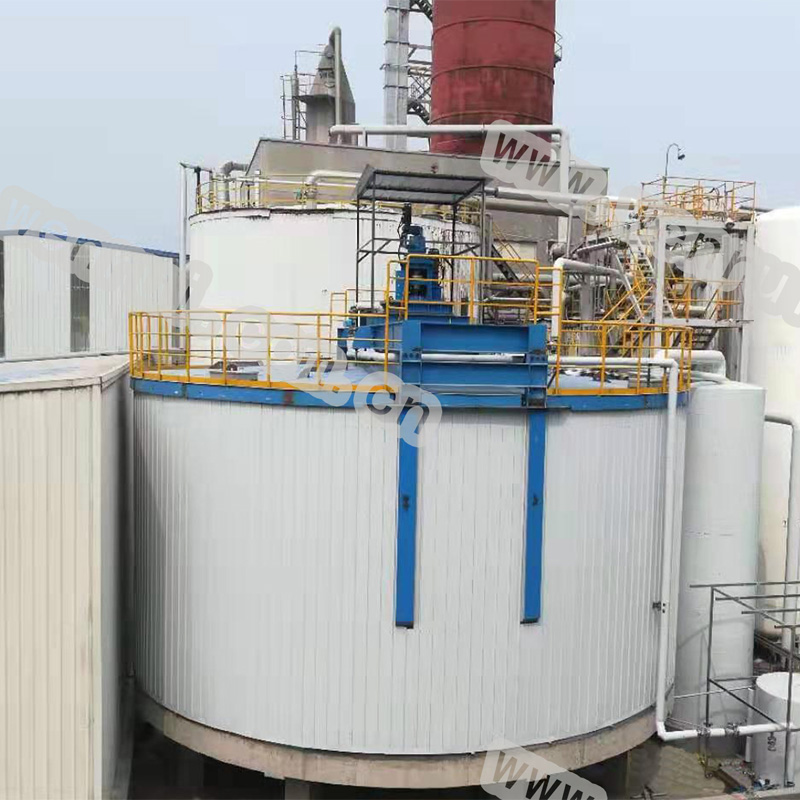
In paper manufacturing, pulp wine plays a crucial role in breaking down wood into fibers and then processing it into paper. The wine used during the pulping process takes different forms, depending on the production stage and the chemicals involved. Understanding the different types of pulping wine is crucial to optimize efficiency, reduce waste and improve the sustainability of the paper industry.
This article will provide an in-depth explanation of fruit wines, including black wine, white wine, red wine and green wine, including their different types, and their differences from each other. In addition, we will analyze their chemical composition, their role in the pulping process, and their environmental impact.
By the end of this article, you will have a clear understanding of the importance of pulp in paper production and how its proper management can contribute to a more sustainable and effective industry.
What is pulping wine?
Slurry refers to a chemical solution used in the pulp process to decompose wood into its fiber components. In this case, the term 'liquor' does not refer to alcoholic beverages, but to liquid solutions containing various chemicals that facilitate the pulping process.
There are different types of pulping wine, each with a specific purpose in the manufacturing process. These solutions differ in composition and function, but are essential in isolating lignin from cellulose fibers, a complex organic polymer that binds wood fibers together.
The most common types of slurry include:
Black wine - a by-product of the pulping process of kraft paper.
Liquor - A chemical solution used to digest wood during kraft paper.
Red wine - a by-product of sulfite pulping.
Green wine - an intermediate solution in cowhide craft.
Each of these water-making wines plays a unique role in the production of paper and has different chemical properties, affecting efficiency and environmental impacts. Let's explore each type in detail.
Pulp process
Black wine
Black wine is one of the most important by-products in the pulping process of kraft paper. This is a dark viscous liquid containing dissolved organic materials (lignin and hemicellulose) and inorganic chemicals used in the pulping process.
Ingredients of black wine
Black wine includes:
Role in paper production
During the kraft paper process, the wood chips are cooked with white wine (a mixture of sodium hydroxide and sodium sulfide). This breaks down lignin and releases cellulose fibers. The remaining solution contains dissolved lignin and consumed chemicals, called black liquor.
Environmental impact and recovery
The paper industry has developed effective methods to restore and reuse black wine. Through a process called chemical recovery, the organic components in the black liquor are burned for energy, while the inorganic chemicals are recycled to produce liquor again. This process greatly reduces waste and improves energy efficiency for paper mills.
Liquor
Liquor is a fresh chemical solution used to break down wood chips into pulp during kraft paper pulping. It is a mixture of sodium hydroxide (NaOH) and sodium sulfide (Na₂s), which both help dissolve lignin while preserving cellulose fibers.
Ingredients of liquor
Role in paper production
Digestion of wood chips - Liquor reacts with lignin to decompose the cellulose fibers intact.
Alkaline Environmental Maintenance - It ensures a good pH of the cowhide process.
Reusability - After the pulping process, the used liquor is converted to black liquor, which is then processed for chemical recycling.
wine
Red wine is a by-product of the sulfite pulping process and is an alternative to the cowhide process. It contains dissolved lignin and other organic compounds, but has different chemical compositions than black wine.
The ingredients of red wine
Role in paper production
By-products of sulfite pulping - Unlike kraft pulping, sulfite pulping uses sulfur-based acids to break down lignin.
Commercial Applications - Red wine is frequently processed to extract lignosulfonates, which are used in binders, concrete additives and animal feed.
Green wine
Green wine is an intermediate chemical solution in the process of kraft paper formed during kraft paper, which is formed when the black liquid is burned in a recovery boiler and mixed with water.
Ingredients of green wine
Role in paper production
Precursor of liquor - Further processing of green wine to regenerate liquor makes it an indispensable step in chemical recycling.
Alkaline Balance - It helps maintain the necessary chemical environment in paper mills.
The difference between them
| Wine type | Process of use | Main composition | Function in pulping | Reusable |
| Black wine | Cowhide pulping | Lignin, hemicellulose, NaOH, Na₂s | By-products, burned for energy | Yes, chemical recycling |
| Liquor | Cowhide pulping | Naoh, na₂s | Digestion of wood chips | Yes, it turns into black wine |
| wine | Sulfite | Lily sulfate, sulfite ion | By-products for commercial applications | Partially extracted lignosulfonate |
| Green wine | Cowhide pulping | na₂co₃,na₂s | Intermediate level of chemical recovery | Yes, it's converted to white wine |
in conclusion
Understanding pulping is essential to optimize paper production and improve sustainability. The KRAFT process relies heavily on white wine, black wine and green wine, while the sulfite process produces red wine as a by-product. Each of these wines has a unique function in breaking down wood and restoring useful chemicals.
Effective management of pulping wine allows paper mills to reduce waste, reduce costs and generate renewable energy. With advances in chemical recycling technologies, the paper industry continues to improve its environmental footprint, making paper production more sustainable than ever.
FAQ
1. What are the main differences between black wine and red wine?
Black wine is a by-product of the kraft pulping process, while red wine comes from the sulfite pulping process. Black wine is burned to recycle energy, while red wine is processed for the extraction of commercially used woody sulfates.
2. Can black wine be reused?
Yes, the black wine burns in the recovery boiler to generate energy, and the rest of the inorganic chemicals are processed to regenerate the white wine.
3. Why is white wine important in the process of kraft paper?
Liquor contains sodium hydroxide and sodium sulfide, which break down lignin and separate cellulose fibers, making it a key component in kraft pulp.
4. What is the difference between green wine and white wine?
Green wine is an intermediate solution in the chemical recycling process, while white wine is a fresh chemical solution used to digest wood chips.
5. What are the environmental problems related to water production?
Improper treatment of pulping can lead to water contamination. However, modern recovery systems allow chemical recycling and energy generation, thus greatly reducing environmental impacts.












